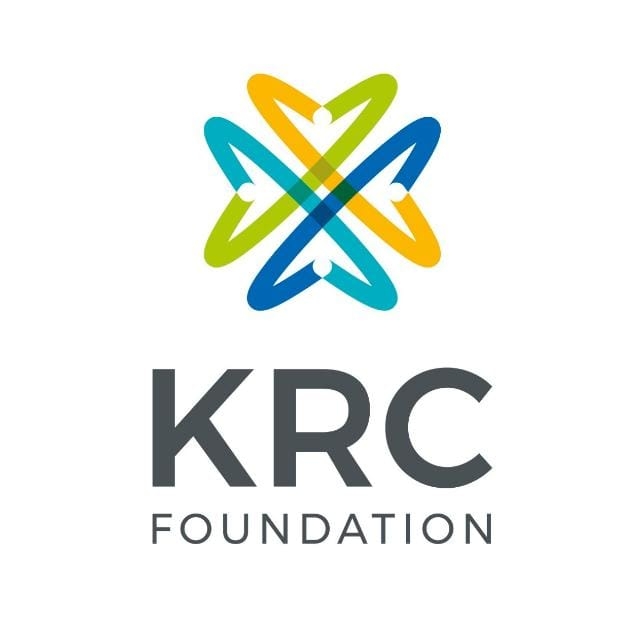“Whether the Indian government scrap Article 371 (A) from Nagaland or not does not make any difference for the Nagas because Nagas are never a part of India and we did not recognise the Indian constitution.” – Neingulo Krome, Secretary General, Naga Peoples Movement for Human Rights.
 Lelen Vaiphei
Lelen Vaiphei

Like every year, the Nagas in the Indian state of Nagaland, Manipur, Arunachal Pradesh and Assam celebrated what they called their ‘Independence Day’ on August 14. While the biggest celebration was held at camp Hebron, the designated camp of the NSCN IM in Dimapur, wide spread observation of Naga Independence day was held across all of the Naga inhabited areas in the northeast.
In Senapati district of Manipur, for the first time, the 73rdNaga Independence Day was marked by every Naga homes hoisting the Naga national flag along with a massive public meeting organised by the United Naga Council, in which prominent Manipur’s Naga civil societies, student leaders and Naga tribe Hoho attended the observation.

Reacting to the scrapping of Special status to Jammu & Kashmir by way of doing away with Article 370, Secretary General of Naga Peoples Movement for Human Rights, Neingulo Krome said,
“I do not think government of India will have the courage to treat the Nagas in the way the Kashmiris has been treated.” Sympathizing with the Kashmiri people, the leader of the human rights group said that “scrapping of Article 370 from Jammu and Kashmir is a first step for the Kashmiris to fight for their freedom.”
Krome asserted that,
“whether the government of India scrap Article 371 (A) from Nagaland does not make any difference for the Nagas because Nagas are never a part of India and they did not recognize the Indian constitution.”

President of Naga Peoples Organisation, NPO, Solomon Arow stated informed that the Government of India recognized the unique history of Naga in 2002 and later the Frame work agreement which was signed between the NSCN IM and the government of India is now in a process of inking the last solution.Solomo said, “Though Nagas are scattered everywhere, they are one and they will leave as one people and nation. Many forces and adversaries are trying to divide Naga nation but Nagas should stand firm as one after leaving aside the differences.
73 years ago, leaders of Nagaland state met Mahatma Gandhi on July 19, 1947 at Delhi and told him that Nagas are going to declare their independence on the August 14. Gandhi sympathised with the Naga leaders and regretted the threat to force to join the Indian Union, issued on the Nagas by the then governor of Assam, Akbar Hydari. Encouraged by Mahatma Gandhi’s response to their political dream of an independent Nagaland, the Naga leaders went back to the Nagaland and declared their independence on August 14 1947.
Indian political attitude towards the aspiration of the Nagas changed drastically after Mahatma Gandhi’s assassination on January 30, 1948. Atrocious human rights violations were committed on the Naga people as India attempted to suppressed the Nagas. This gave birth to India’s first insurgency, earlier termed as the Naga hostile, spearheaded by Naga National Council, NNC.

In 1951, a plebiscite conducted under the aegis of NNC voted 99.9 percent for an independent Nagaland and the first Indian general election was hereby boycotted. Thus began the insurgency movement in the northeast.
In 1960 the Naga, a people’s convention, christened as the Naga People’s Convention, struck a deal with Indian authority under the 16-point agreement to end hostility. Subsequently in December 1963 Nagaland became a 16thstate of India. However, this was not enough and the armed struggle continued under Phizo’s NNC. Then in 1975, the Shillong Accord was signed with the government of India and the NNC’s Naga federal government which essentially stated the dropped of the demand for Naga sovereignty. National Socialist Council of Nagalim, NSCN, the most potent armed organization of the northeast, was the by-product of this Accord. Infighting within the NSCN split it into the NSCM Issac-Muivah faction and the NSCN Kaplang faction. With Kaplang death, the most influential voice of Nagas is monopolized by NSCN IM, the group which has been locked in peace negotiation for over 22-years and has so far signed a ‘Framework Agreement’ with the government of India.
NPO president infer that “the Framework Agreement did not ask for independence and sovereignty of the Nagas but to leave the Nagas alone because Nagas are never had never been conquered by British or India and they are independent people.”


